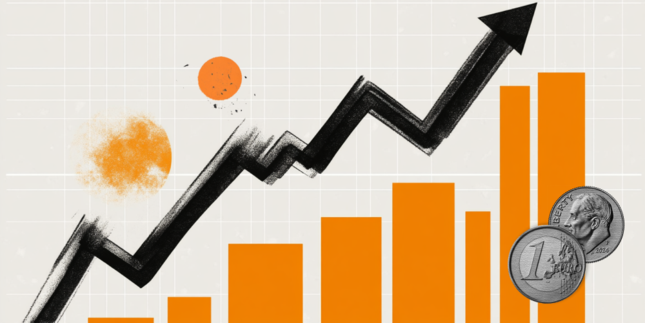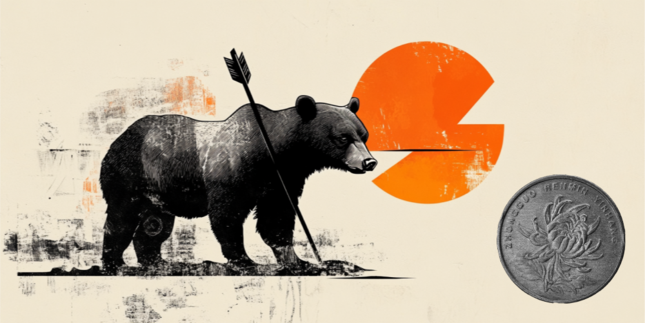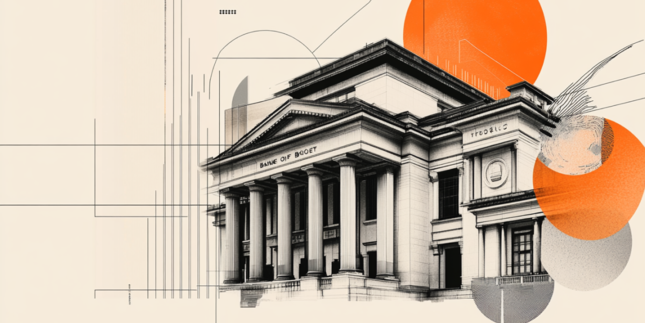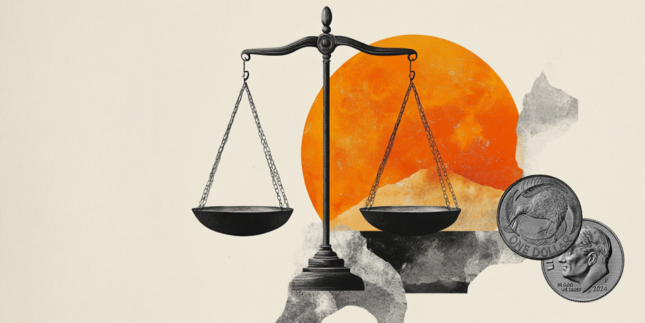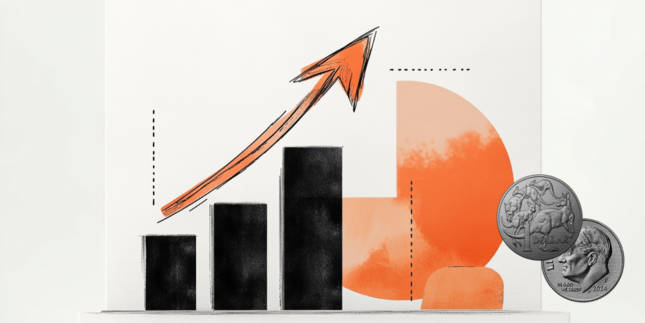USD/CHF holds losses below 0.9050 as US Dollar undergoes a downward correction
- USD/CHF loses ground as the US Dollar weakens for the third consecutive session on Wednesday.
- Safe-haven demand for the Swiss Franc rises due to escalating US-China trade tensions.
- Traders await Thursday’s Swiss Unemployment Rate to gain further insight into the labor market.
USD/CHF continues its decline for the second straight day, trading near 0.9030 during European hours on Wednesday. This downturn is primarily driven by a weaker US Dollar (USD), which is undergoing a technical correction.
The US Dollar Index (DXY), which tracks the USD against six major currencies, remains under pressure for the third consecutive session, hovering around 107.70 at the time of writing. Meanwhile, market participants await Friday’s US Nonfarm Payrolls (NFP) data, which could influence the Federal Reserve’s (Fed) monetary policy stance.
Adding to the USD’s weakness, US President Donald Trump has agreed to a 30-day suspension of the proposed 25% tariffs on Canadian and Mexican imports. This decision follows commitments from Canadian Prime Minister Justin Trudeau and Mexican President Claudia Sheinbaum to enhance border security in response to concerns over illegal immigration and drug trafficking.
Further weighing on the USD/CHF pair, safe-haven demand for the Swiss Franc (CHF) could have increased due to escalating US-China trade tensions. In retaliation for the new 10% US tariff imposed on Tuesday, China has implemented a 15% tariff on US coal and liquefied natural gas (LNG) imports, along with an additional 10% tariff on crude Oil, farm equipment, and certain automobiles.
On the Swiss economic front, the SVME Purchasing Managers' Index (PMI) inched up to 47.5 in January from 47.0 in December, though it fell short of market expectations of 49.0. The rise was tempered by declines in order backlogs and purchasing inventories, data showed on Monday. Investors now turn their attention to Switzerland’s Unemployment Rate, set to be released by the State Secretariat for Economic Affairs (SECO) on Thursday, which will provide further insight into the labor market.
Swiss Franc FAQs
The Swiss Franc (CHF) is Switzerland’s official currency. It is among the top ten most traded currencies globally, reaching volumes that well exceed the size of the Swiss economy. Its value is determined by the broad market sentiment, the country’s economic health or action taken by the Swiss National Bank (SNB), among other factors. Between 2011 and 2015, the Swiss Franc was pegged to the Euro (EUR). The peg was abruptly removed, resulting in a more than 20% increase in the Franc’s value, causing a turmoil in markets. Even though the peg isn’t in force anymore, CHF fortunes tend to be highly correlated with the Euro ones due to the high dependency of the Swiss economy on the neighboring Eurozone.
The Swiss Franc (CHF) is considered a safe-haven asset, or a currency that investors tend to buy in times of market stress. This is due to the perceived status of Switzerland in the world: a stable economy, a strong export sector, big central bank reserves or a longstanding political stance towards neutrality in global conflicts make the country’s currency a good choice for investors fleeing from risks. Turbulent times are likely to strengthen CHF value against other currencies that are seen as more risky to invest in.
The Swiss National Bank (SNB) meets four times a year – once every quarter, less than other major central banks – to decide on monetary policy. The bank aims for an annual inflation rate of less than 2%. When inflation is above target or forecasted to be above target in the foreseeable future, the bank will attempt to tame price growth by raising its policy rate. Higher interest rates are generally positive for the Swiss Franc (CHF) as they lead to higher yields, making the country a more attractive place for investors. On the contrary, lower interest rates tend to weaken CHF.
Macroeconomic data releases in Switzerland are key to assessing the state of the economy and can impact the Swiss Franc’s (CHF) valuation. The Swiss economy is broadly stable, but any sudden change in economic growth, inflation, current account or the central bank’s currency reserves have the potential to trigger moves in CHF. Generally, high economic growth, low unemployment and high confidence are good for CHF. Conversely, if economic data points to weakening momentum, CHF is likely to depreciate.
As a small and open economy, Switzerland is heavily dependent on the health of the neighboring Eurozone economies. The broader European Union is Switzerland’s main economic partner and a key political ally, so macroeconomic and monetary policy stability in the Eurozone is essential for Switzerland and, thus, for the Swiss Franc (CHF). With such dependency, some models suggest that the correlation between the fortunes of the Euro (EUR) and the CHF is more than 90%, or close to perfect.
Forex News
Keep up with the financial markets, know what's happening and what is affecting the markets with our latest market updates. Analyze market movers, trends and build your trading strategies accordingly.

